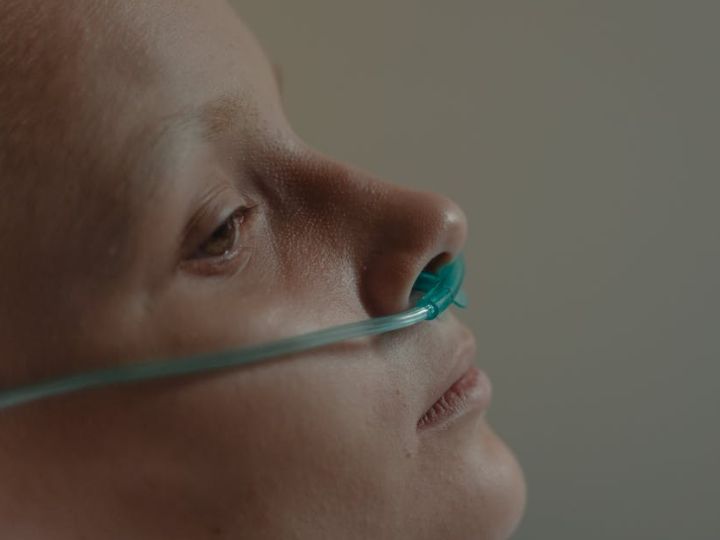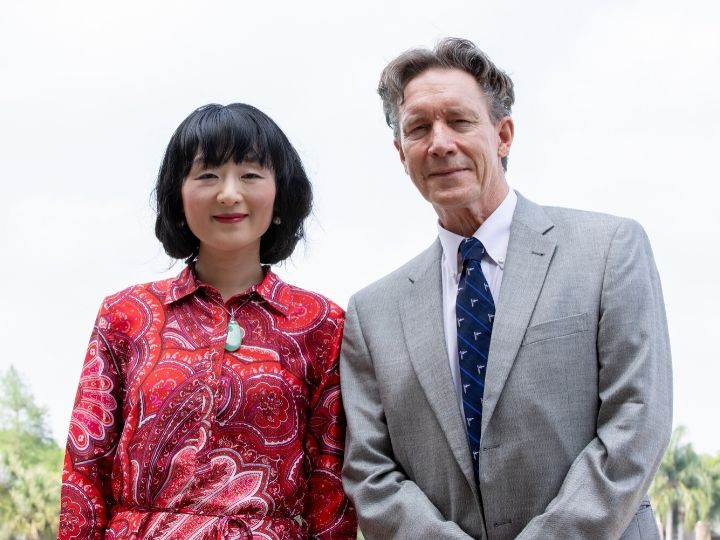

A pair of internationally renowned stem cell cloning experts at the University of Houston is reporting their findings of variant cells in the lungs of patients with Idiopathic Pulmonary Fibrosis (IPF) which likely represent key targets in any future therapy for the condition.
IPF is a progressive, irreversible and fatal lung disease in which the lungs become scarred and breathing becomes difficult. The rapid development and fatal progression of the disease occur by uncertain mechanisms, but the most pervasive school of thought is that IPF arises from recurrent, subclinical lung injury that imparts changes to epithelial and stromal cells, which, in turn, compromise lung repair and favor fibrosis.
To dig deeper into the cause of IPF, Frank McKeon, professor of biology and biochemistry and director of the Stem Cell Center, and Wa Xian, research associate professor at the center, used single cell cloning technologies to generate libraries of basal stem cells from the lungs of 16 patients with IPF and 10 patients without the disease.
Houston Methodist Lung Transplant Center provided the lung tissue from patients who underwent transplant for end-stage lung disease from which some of these basal cell clones were generated. The basal cells were used because consistently single-cell RNA sequencing studies have identified lung basal cells in IPF.
"We identified a major stem cell variant that was distinguished from normal stem cells by its ability to transform normal lung fibroblasts to pathogenic myofibroblasts in vitro and to activate and recruit myofibroblasts in clonal xenografts," reports Xian and McKeon in Science Translational Medicine.
"This study breaks new ground by showing lung fibrosis is driven by specific basal stem cell variants that become overly abundant in diseased lungs," said Howard J. Huang, M.D., Medical Director, Houston Methodist Lung Transplant Center. "Importantly, these variants are distinct from abnormal variants identified in other chronic lung diseases. These findings suggest therapies selectively targeting these pathogenic stem cell variants may ameliorate fibrotic lung disease progression."
The concept that IPF is associated with aberrant epithelial cell types is consistent with a recent clonogenic analysis of chronic obstructive pulmonary disease (COPD) conducted by Xian and McKeon. It linked the widespread lung disease to the emergence of three discrete and clonogenic epithelial distal airway stem cell variants that autonomously promote mucin hypersecretion, fibrosis and inflammation.
"In this study, we applied the same single cell cloning technology used to assess COPD to the lungs of patients with IPF. In contrast to the three pathogenic basal cell variants found to dominate the COPD lung, lungs with advanced IPF showed a major basal cell variant in addition to the normal distal airway stem cell," said Xian. "This IPF variant showed constitutive expression of proinflammatory and profibrotic genes and displayed the functional capacity to orchestrate the fibrotic state both in vitro and in vivo."
Understanding how these minor variants are differentially amplified in COPD, IPF and perhaps other lung conditions will refine the specific risk factors for these diseases.
"Conversely, deciphering why these variants come to dominate the lung could aid in our ability to treat these conditions," said McKeon.






